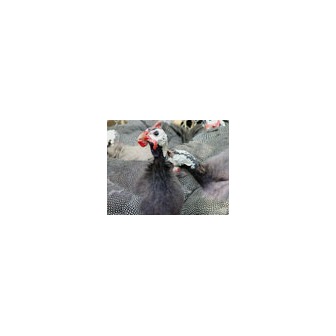Dallas Zoo





The Dallas Zoo dates from the spring of 1888 when a man from Colorado City offered to sell two deer and two mountain lions to the City of Dallas. The animals were purchased by the City for $60 and placed in pens in City Park. City Park was the first city-owned and operated park, obtained from J. J. Eakins on November 7, 1876. Mr. Eakins offered to sell the acreage he owned around the City Pest House for $600. Dr. C. E. Keller, an officer and stockholder in a Dallas streetcar line offered to pay $200 of the price, making the City's cost to obtain the land only $400.
City Park was the only city-owned park in Dallas for 28 years until 1904, when the City purchased Fair Park, with a full complement of facilities and improvements, for $125,000. Although the Zoo was a very popular attraction, City Park lacked sufficient space to house all of the animals properly and citizens voiced interest in a more fully developed zoo. Fair Park was the only other suitable property owned by the City and a zoo facility was begun in Fair Park in 1909.
In 1910 the entire collection moved to Fair Park, making it the second home of the Dallas Zoo. In 1912, due to an expanding and prosperous State Fair, the Zoo was removed from Fair Park and relocated to its current location, Marsalis Park (purchased by the City in 1909) in Oak Cliff. Also in 1912, the Mayor appointed an independent Zoo Commissioner, United States District Attorney William H. Atwell. The Zoo grew rapidly under his care and a large and varied collection of animals were obtained mostly through donations from civic groups and private citizens. The Zoo then became an educational facility rather than a mere collection of assorted animals.
Commissioner Atwell resigned in 1914 to accept an appointment as a federal judge. All Zoo administration reverted to Park Board control and two Park Commissioners, Messrs. Fretz and Pike, assumed duties as Zoo Commissioners until 1922. In 1922, the Mayor appointed a special zoo commission to raise money for zoo improvements. A hearty campaign was conducted and nearly $10,000 was raised for the zoo fund. The number of animals on exhibit increased from 161 in 1920 to 1,065 in 1925.
One of the first major acquisitions, Queenie the elephant, was purchased with pennies, nickels and dimes donated by the schoolchildren of Dallas. (Queenie lived at the zoo through 1955, to an estimated age of 65 years.) The collection continued to increase and reached a peak of 1,540 specimens in 1931, before the exigencies of the Great Depression forced the Park Board to reduce holdings to less than half that number. The Zoo was upgraded in the late 1930s, at an estimated cost of $100,000.00 with Federal Works Project Administration (WPA) labor and money and Centennial bond money. An extensive system of concrete and natural stone bridges, park houses, winding walks, hillside stairways, and retaining walls along the creek banks were added.
The WPA projects included new monkey cages, large animal dens and paddocks, and wild fowl cages. There was also a new building that served as both commissary offices and an entrance. In the 1940s, the Dallas Zoo was one of the 10 largest zoos in the country, with over 700 individual mammals, birds, and reptiles. Featured exhibits in the 1940s included a Malayan tapir, two male chimpanzees, and two female elephants (Queenie and Tootsie). In 1955, the Dallas Zoological Society was founded as a non-profit support group for the zoo.
The Society's sole responsibility at the time was to raise the necessary funds to purchase new animals for the collection. By the 1960s, with Pierre A. Fontaine as the Director, the Dallas Zoo was an attractive park with an impressive list of displays. Further development attracted more visitors to the zoo. By 1961, visitors were praising the change in atmosphere and design of the zoo. New entrance buildings, information areas, meeting rooms, a reference library, commissary space, and a bridge leading into the zoo, retaining walls, and walkways were built for $300,000.
In 1964, plans called for still another addition, the Bird and Reptile Building. This allowed reptiles to be exhibited effectively for the first time at the Zoo. The 1960s and 1970s continued to be a rapid-growth era for the Dallas Zoo. It was during these two decades that the Dallas Zoo began to seriously develop a research program; the Reptile and Amphibian Department took the lead in this area. Since the late 1960s, the Dallas Zoo has received 30 captive breeding awards, four significant achievement awards, and two Edward C. Bean awards from the American Zoo and Aquarium Association (AZA) for work in the Reptile/Amphibian area.
Explore Related Categories







